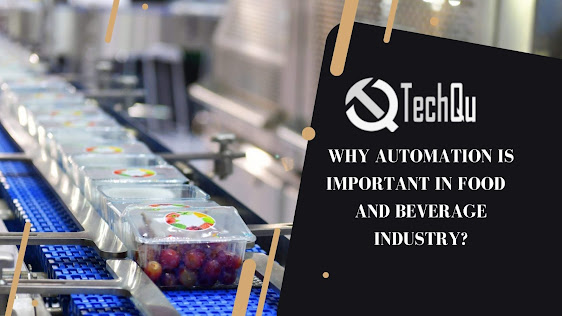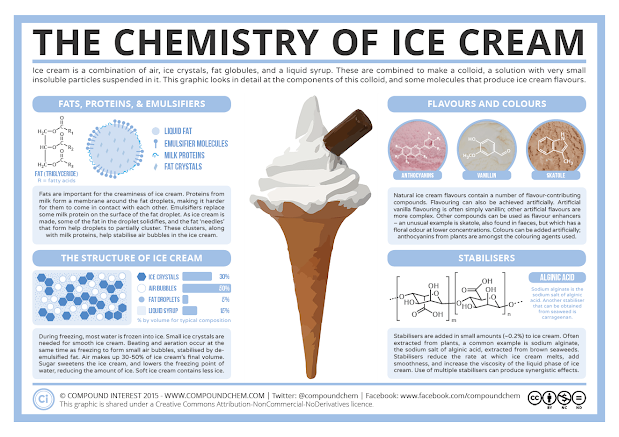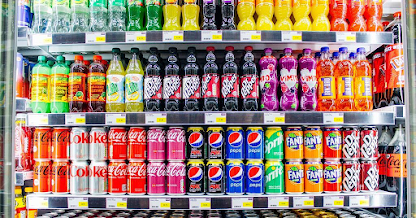Overview of Packaging Materials Used in Food Industry
.jpg)
Food packaging has become an increasingly indispensable basic component of our daily life, which is closely related to the global urbanization trend. The reason for that is simple: when half of the world’s population lives in cities, while the cities are unable to provide the land and environment required for agricultural development, we’ll have to process and package our food and put them on supermarket shelves for people to purchase. That’s an increasingly convenient choice for people living a busy life in cities. Good packaging can enhance the cleanness and freshness of food, while offering branding opportunities for food manufacturers. In addition, good food packaging can prevent food spoilage and extend shelf life, thereby reducing waste of food. According to statistics, up to 1.3 billion tons of food is wasted every year on a global scale, which can feed 1 billion people lacking in food. When we go to the grocery store and buy products such canned soups, cookies, juice and o...





